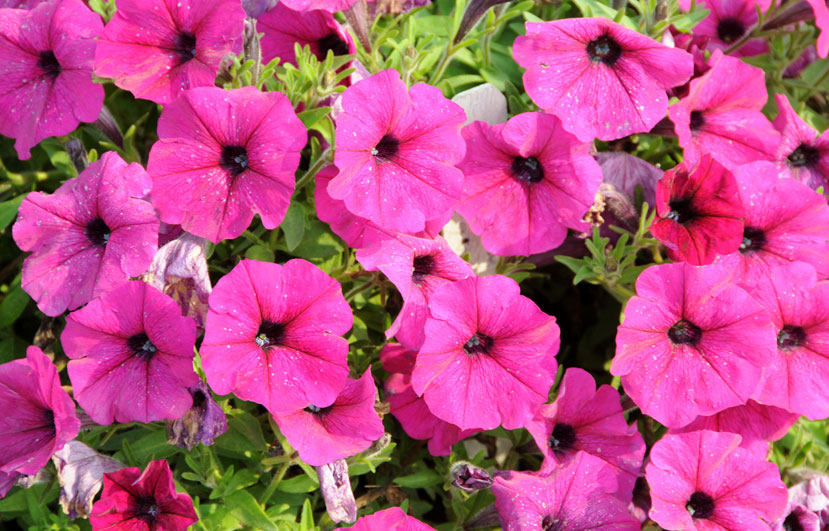
As a general rule of thumb, most seeds should be planted at a depth of 3 to 4 times their own width. Larger seeds like sunflowers and beans need to be sown several centimetres beneath the surface.

Very small seeds such as begonia and lettuce only need a light covering of sieved compost or vermiculite. If no instructions are provided, the size of the seed gives a good indicator of how deep to sow it. Check the seed packet before you bury your seeds beneath the soil – if they need plenty of light to germinate they’ll only require a thin dusting of compost or vermiculite to get them underway. The amount of light that the seed receives is determined by how deeply it’s sown. Some seeds need light to germinate, and some don’t. On wet soils this will improve drainage and air circulation, while on dry soils organic matter acts as a sponge, holding water in the soil for longer. Both can be improved by adding plenty of organic matter such as well rotted manure or homemade compost. Outdoors: Wet, poorly drained soils or dry, sandy soils can be difficult environments for seed germination. Remove the glass or plastic as soon as the seeds begin to germinate to prevent the seedlings from rotting. If the soil surface begins to dry out, simply stand the seed tray in water until the surface becomes moist - but be sure to let it drain again. After sowing you can cover the seed tray with a sheet of glass or clear plastic to retain moisture - the compost should remain damp for several days or more. Ensure that seeds are kept evenly moist by thoroughly wetting and draining the compost before you begin. Help early sowings along by using cloches to warm the soil. In the north it may be necessary to sow a month later than the seed packet suggests if the soil remains cold. Seed packets usually advise when to sow direct outside but this will vary between warm southern gardens and cold northern locations. Outdoors: Keep an eye on the weather and avoid sowing if the soil is cold and wet, as this will cause the seed to rot. Once germinated, you can move your seed trays to a slightly cooler position. Most species can be sown successfully indoors at temperatures between 13C - 21C – easily achieved in a heated propagator or on a bright windowsill. Extremes of heat or cold may prevent seeds from germinating so it’s well worth monitoring the soil temperature with a soil thermometer. It was too hot or too cold:Īlways check the recommended germination temperature on the seed packet. Some seeds, such as parsnip, lose their viability rapidly so it’s worth buying a new packet each year. Seed that’s beyond this date will often still germinate but the success rate is reduced. The seed was old:Ĭheck the ‘sow by’ date on the packet.

Once you know the things that can go wrong, these setbacks are easy to avoid. These include water, oxygen, temperature and correct levels of light.

There are many reasons why seeds fail to germinate, and not all of them are your fault! In order to germinate successfully, seeds require several needs to be met. These tiny seeds require just a thin dust of soil to cover as they need light to germinate Image: Shutterstock
#Petunia seeds germination month how to
Here are some of the most common ways that things go wrong, and how to avoid them: Why didn't my seeds germinate? Even worse is watching your precious seedlings emerge, only to see them fail to thrive or wither and die. There’s nothing quite like the exciting promise contained in a handful of seeds, and nothing more disappointing than their failure to germinate. Growing plants from seed is incredibly rewarding when all goes well Image: Shutterstock


 0 kommentar(er)
0 kommentar(er)
